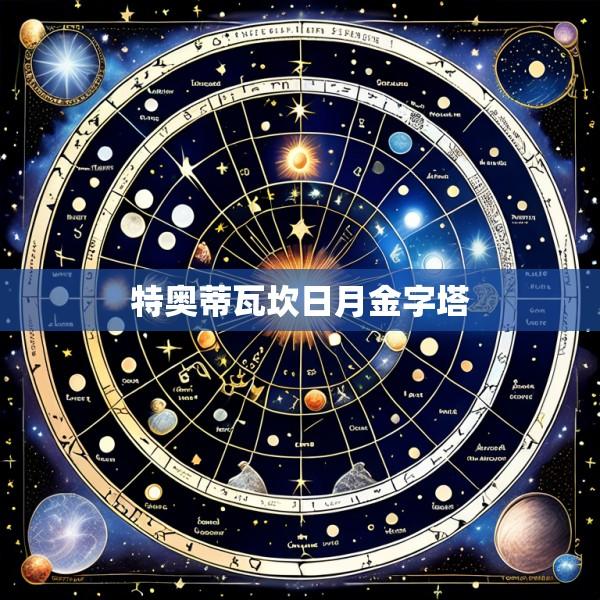Teotihuacan, meaning "City of the Gods" in the Nahuatl language of the Aztecs, is a preColumbian Mesoamerican city located 40 kilometers northeast of modernday Mexico City. Flourishing between approximately 100 BCE and 550 CE, it was one of the largest and most influential cities in the ancient Americas, with a peak population of 100,000–200,000. The city is renowned for its meticulously planned layout, monumental architecture, and profound cultural significance, serving as a major center for religion, politics, and commerce in ancient Mesoamerica.
The Avenue of the Dead: A Central Axis
At the heart of Teotihuacan lies the Avenue of the Dead (Calzada de los Muertos), a 4kilometerlong, 45meterwide thoroughfare that bisects the city from north to south. This iconic pathway connects the city’s most important structures, including the Pyramid of the Sun, the Pyramid of the Moon, and the Feathered Serpent Temple. The avenue’s name, given by the Aztecs who mistakenly believed the pyramids were tombs, reflects its ceremonial and symbolic role as the city’s main artery.

Pyramid of the Sun: The Largest Monument
The Pyramid of the Sun (Pirámide del Sol) is the largest structure in Teotihuacan and one of the largest pyramids in the world. Built around 200 CE, it stands 65 meters tall with a base measuring 225 meters by 222 meters (approximately 5.5 hectares). Constructed from millions of tons of earth, stone, and volcanic rock, the pyramid has a volume of 100 million cubic meters and features a series of stepped platforms leading to a temple at its summit—originally adorned with murals and sculptures of the sun god. Recent excavations beneath the pyramid revealed a natural cave with four chambers, which may have held ritual significance, possibly linked to creation myths of the Mesoamerican people.
Pyramid of the Moon: A Ceremonial Focus
The Pyramid of the Moon (Pirámide de la Luna), located at the northern end of the Avenue of the Dead, was built around 250 CE and is slightly *** aller than the Pyramid of the Sun, standing 46 meters tall with a base of 150 meters by 120 meters. It has four levels and a central staircase with varying step angles, possibly symbolizing lunar cycles or celestial alignments. Excavations at its base uncovered the tomb of a male individual buried with obsidian artifacts, greenstone figurines, and sacrificial animals, suggesting the pyramid served as a site for elite burials and lunar rituals. The pyramid’s design and location emphasize its role as a focal point for ceremonies honoring the moon goddess and regulating the city’s agricultural calendar.
Architectural and Cultural Significance
Both pyramids exemplify the advanced engineering and artistic skills of the Teotihuacanos. Their precise alignment with cardinal directions (north, south, east, west) and celestial events (solstices, equinoxes) indicates a sophisticated understanding of astronomy. The use of local materials, such as tezontle (a porous volcanic rock) for the core and limestone for facades, reflects resourcefulness and adaptation to the environment. The pyramids were not only religious centers but also symbols of political power, unifying the city’s diverse population under a shared co *** ology. Their design influenced later Mesoamerican civilizations, including the Aztecs, who revered Teotihuacan as the birthplace of the gods.
Mysteries and Ongoing Research
Despite extensive study, many questions about the pyramids remain unanswered. The identity of the builders—who were they, and how did they organize such massive projects?—is still debated, with theories ranging from a single ruling elite to collaborative efforts by multiple citystates. The purpose of the Pyramid of the Sun’s subterranean cave and the exact nature of rituals performed at both structures are also subjects of ongoing research. Recent technological advancements, such as muon detectors used to scan the Pyramid of the Sun’s interior, aim to uncover hidden chambers and provide new insights into the lives of the people who built these monumental structures.
